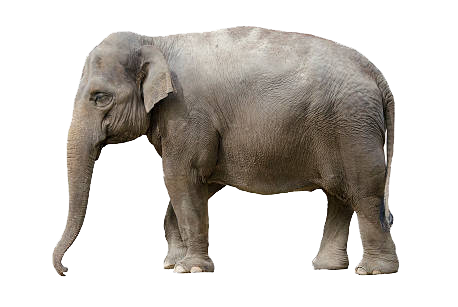

The state of West Bengal, in the Eastern region of India, is home to a rich and bewildering variety of forests and wildlife Wing.
From the famous Royal Bengal Tiger that stalks its prey with legendary cunningness in the Gangetic delta of famous Sundarbans, to the Great Indian One-horned Rhinoceros grazing in the Terai/ Dooars grassland, the leopards lurking in the foothills of the Himalayas and Red Panda resting in bamboo groves of Himalayas.
The forests of this state has a rich assemblage of diverse habitats and vegetation designated with the help of eight different forest types. The diverse fauna and flora of West Bengal possess the combined characteristics of the Himalayan, sub-Himalayan and Gangetic plain.
Diversity is further reflected in different types of ecosystems available here like mountain ecosystem of the north, forest ecosystem extending over the major part of the state, freshwater ecosystem, semiarid ecosystem in the western part, mangrove ecosystem in the south and coastal marine ecosystem along the shoreline.
These diverse ecosystems have resulted in rich faunal diversity of the state and consists of 10,013 species out of a total of 89,451 species of animals present in our country, thus representing 11.19% of our country’s fauna.
West Bengal has 4692 sq.km. of forests under Protected Area (PA) network which is 39.50% of the State’s recorded forest area.
With the Pakhi Bitan WLS Jalpaiguri District having an area of 14.09 sq.km, the latest notified WLS in the state, the total area under Protected Area has gone upto 4705.9362 sq.km (39.62% of Recorded Forest Area). The PA network includes 1502.8146 sq.km. in Sixteen Wild Life Sanctuaries, 1981.4817 sq.km. in six National Parks and the balance areas are being represented by buffer areas of the two Tiger Reserves, viz. Sundarbans Tiger Reserve and Buxa Tiger Reserve. There are two Elephant Reserves viz., Mayurjharna Elephant Reserve with an area of 414.00 Sq.km. and Eastern Dooars Elephant Reserve with an area of 977.51 Sq.km. In addition, there is one Biosphere Reserve viz. Sundarban Biosphere Reserve with an area of 9630 Sq.km. This includes the Sundarban Tiger Reserve, Lothian Island Wildlife Sanctuary, West Sundarban Wildlife Sanctuary and the Haliday Island Wildlife Sanctuary.
In West Bengal emphasis has been given to conservation and management of sustainable resources in order to achieve the goal of long-term biodiversity conservation. The overall strategy involves protection of critical habitats of endangered species.

The Bengal wilderness is also home of an array of highly endangered species like the Asian Elephant , Great one horned Rhino, Gaur, Serow, Red Panda, Black Necked Crane, Great pied Hornbill, Goliath Heron, Estuarine Crocodile, Salvator Lizards, Olive Ridley Marine Turtle, rare Batagur terrapin, let alone being the habitat for most of the cats of India, e.g. Royal Bengal Tiger, Leopard, Clouded Leopard and Marbled Cat, Leopard Cat, Golden Cat, Jungle Cat and Fishing Cat representing the lesser cats..